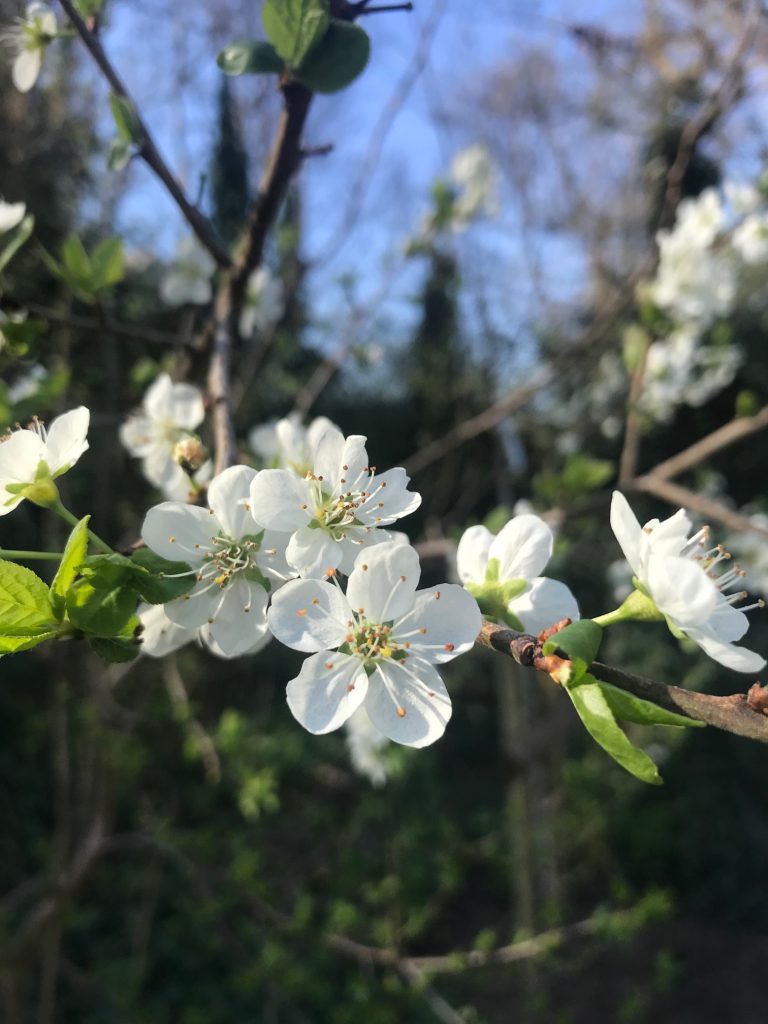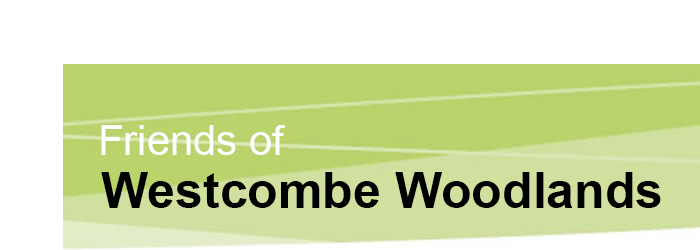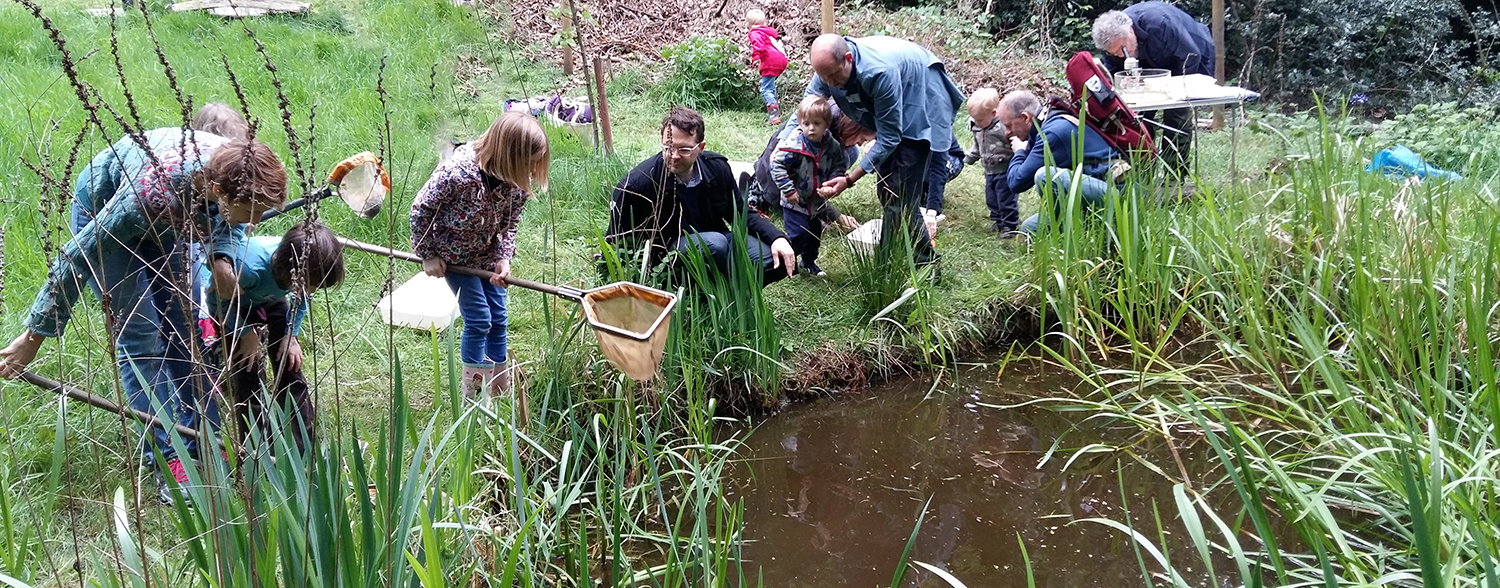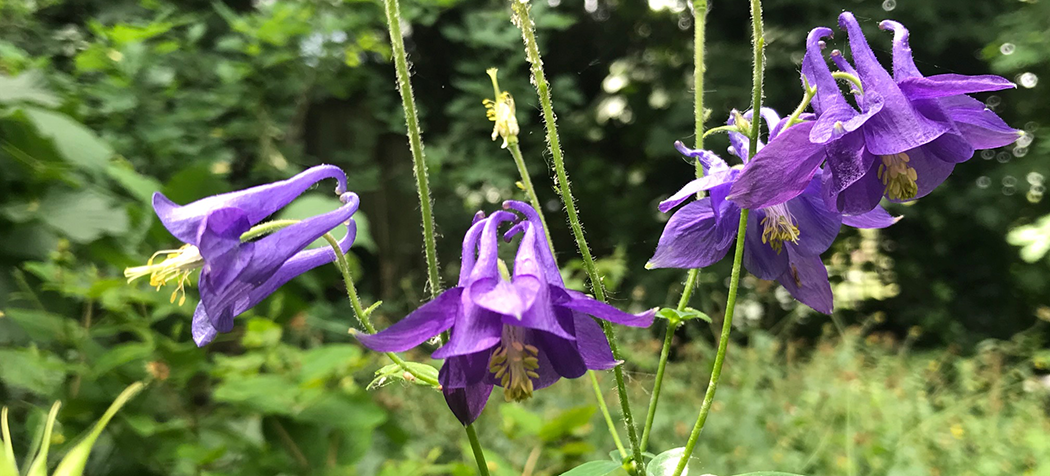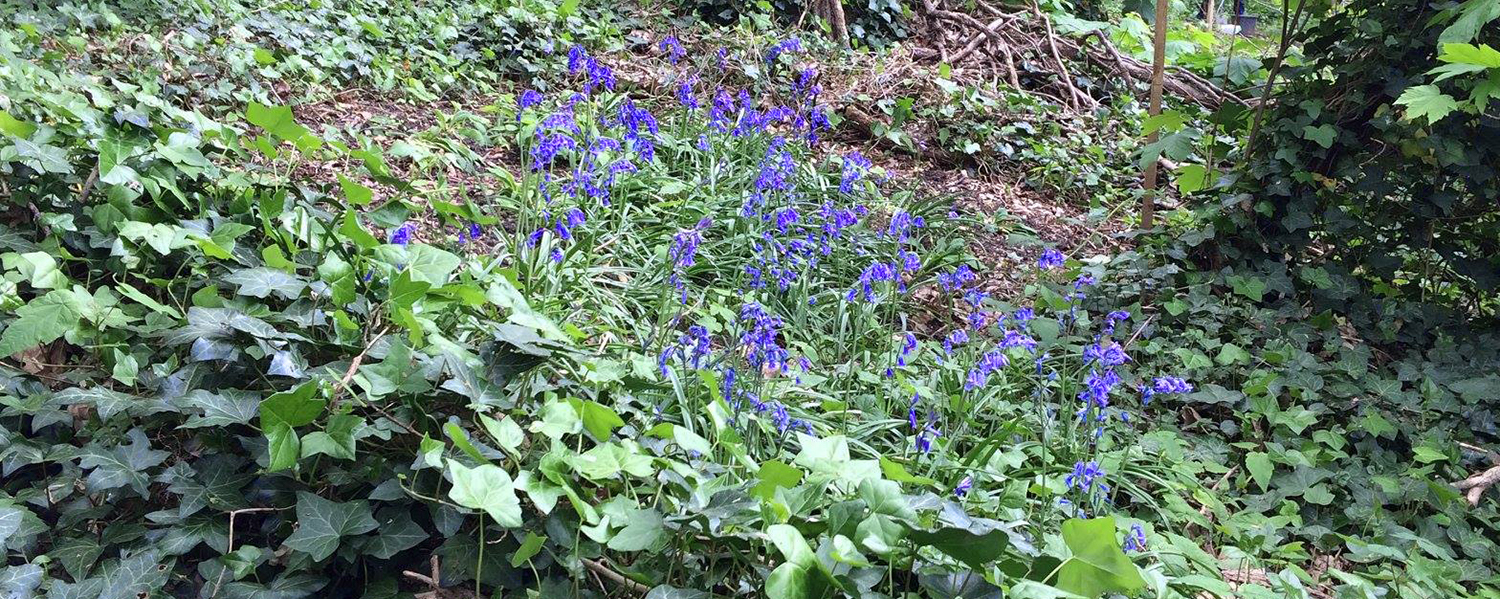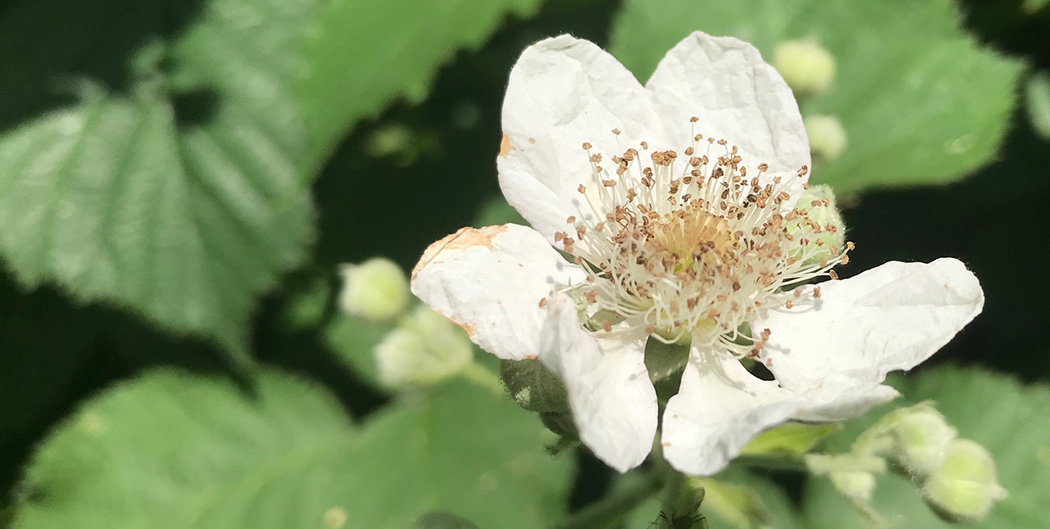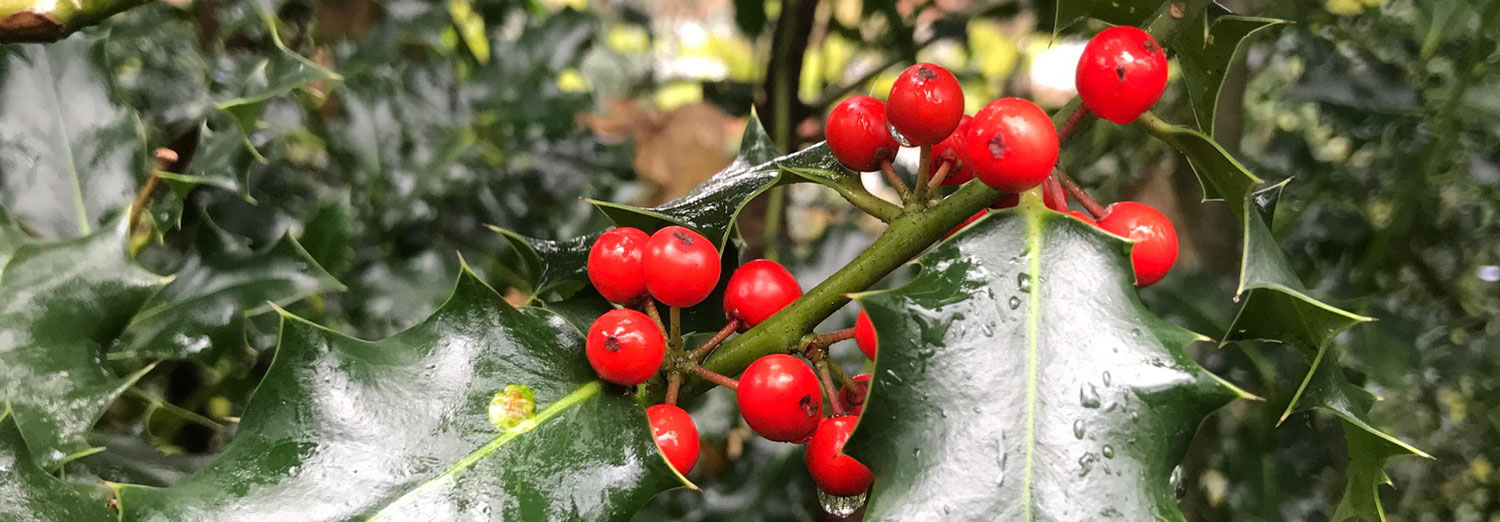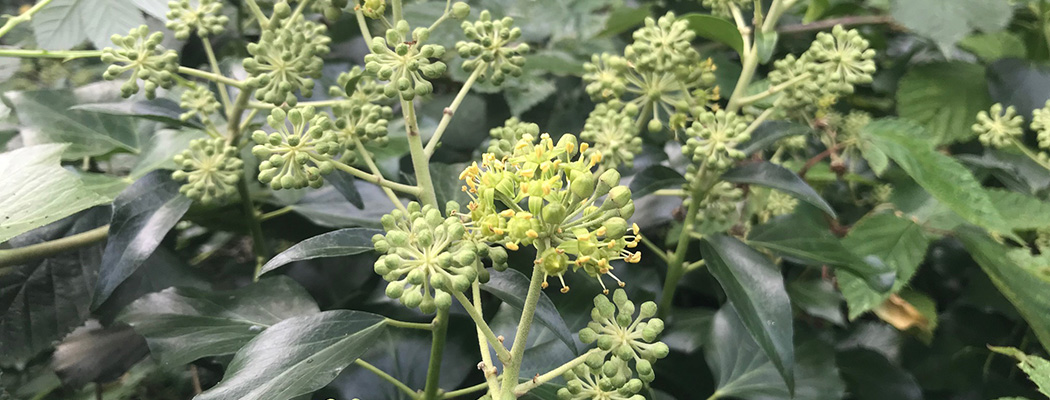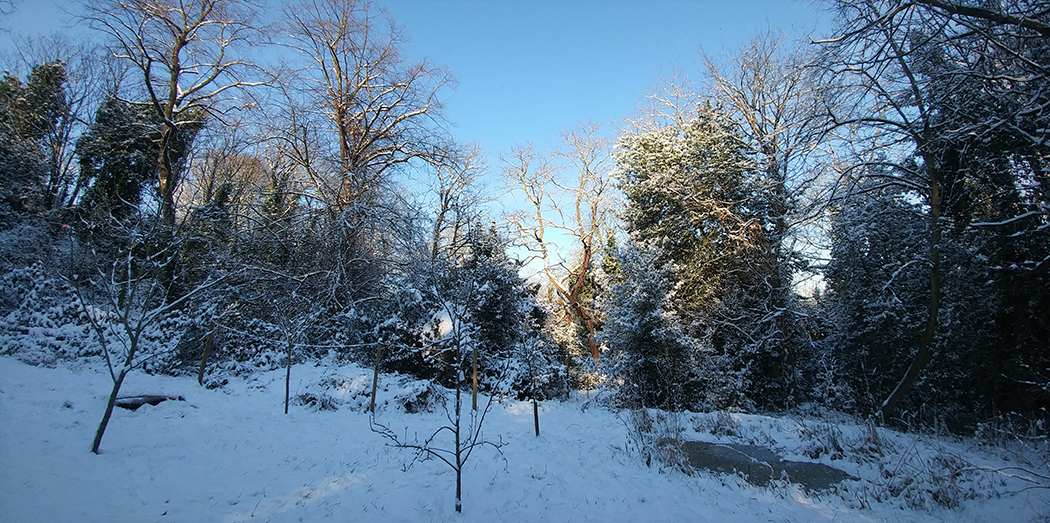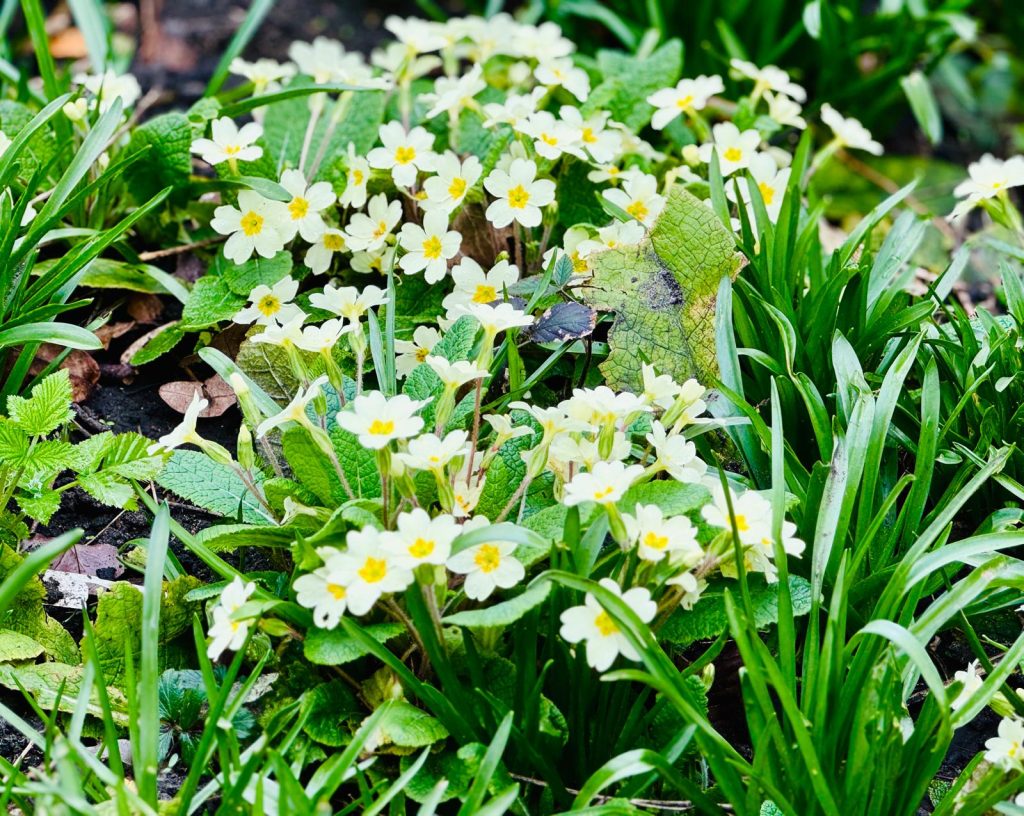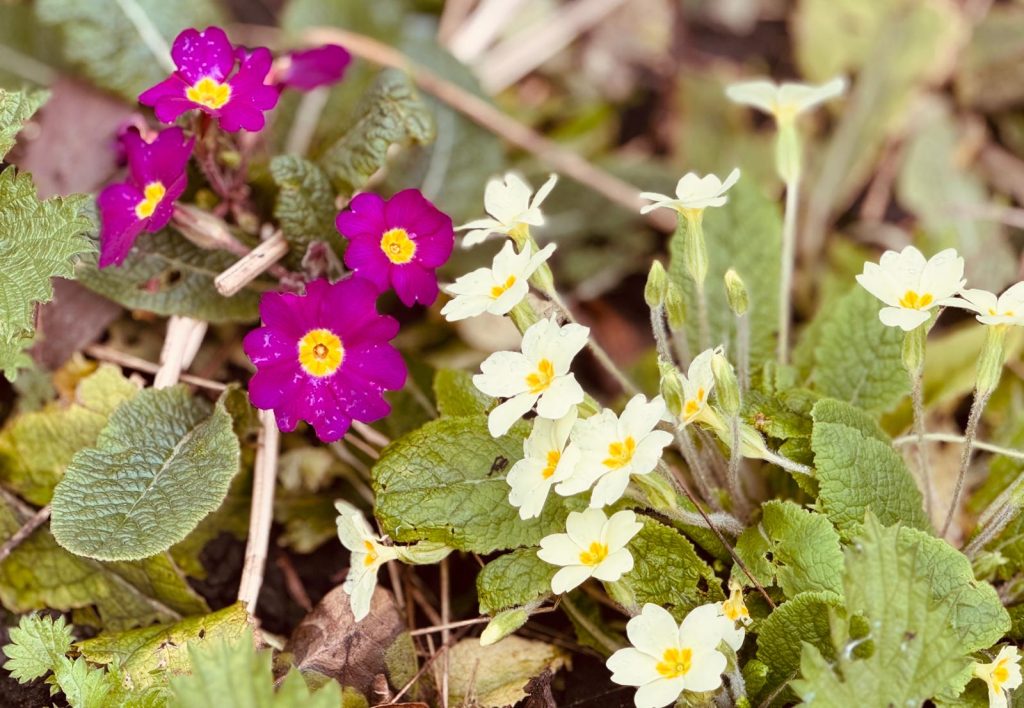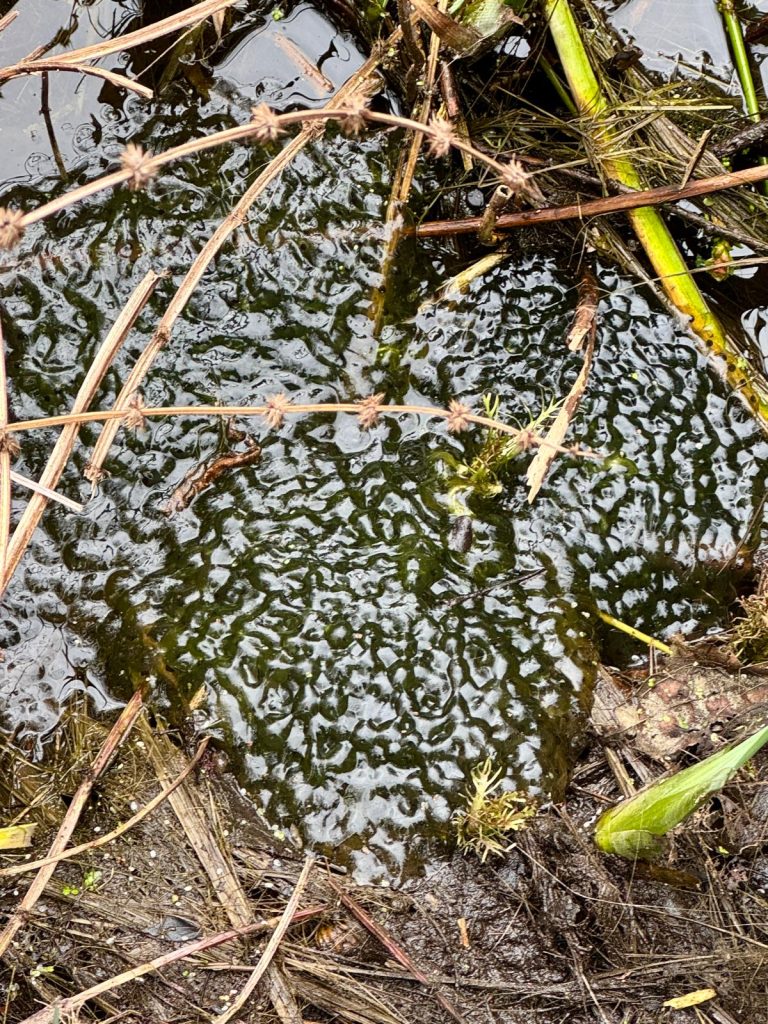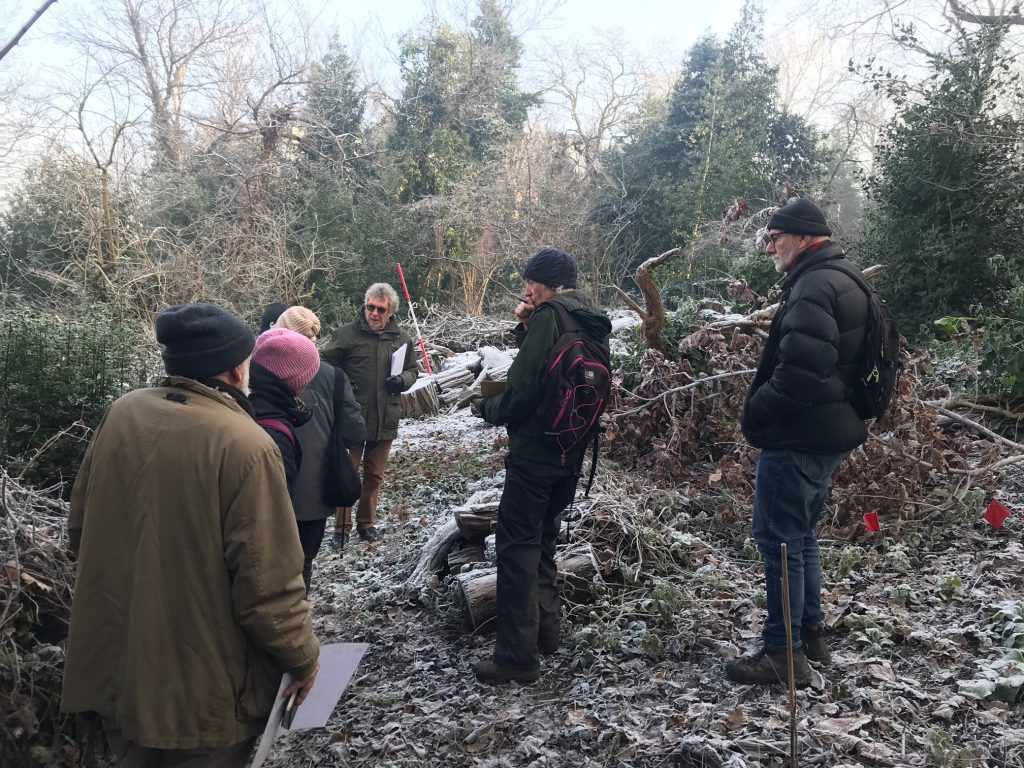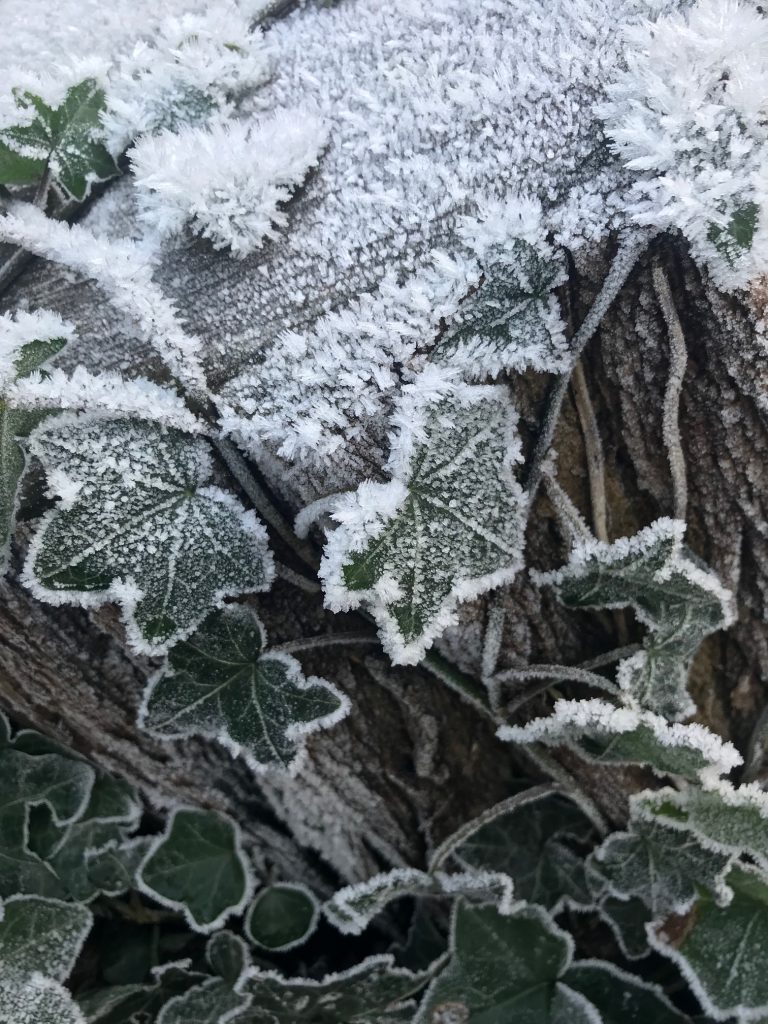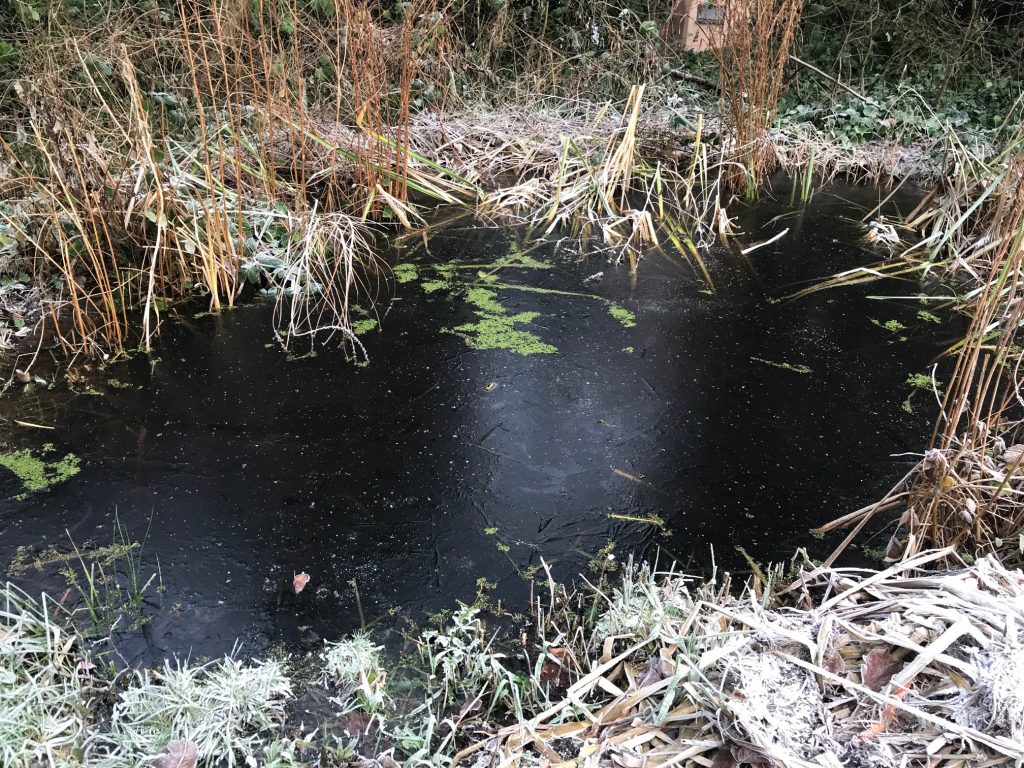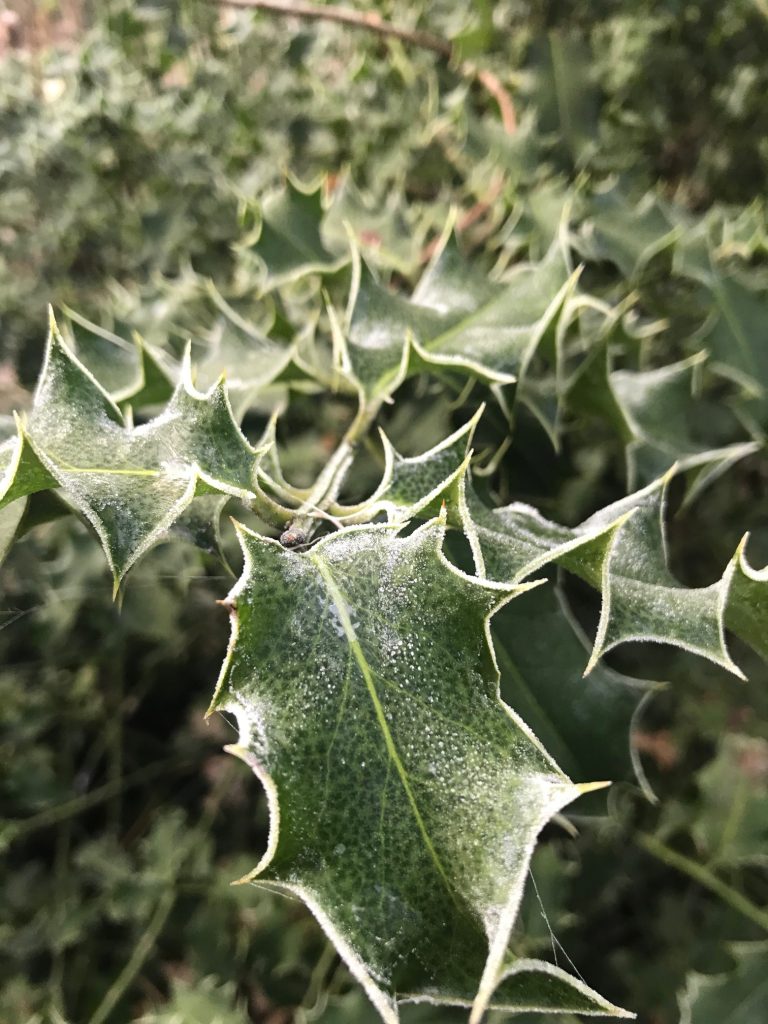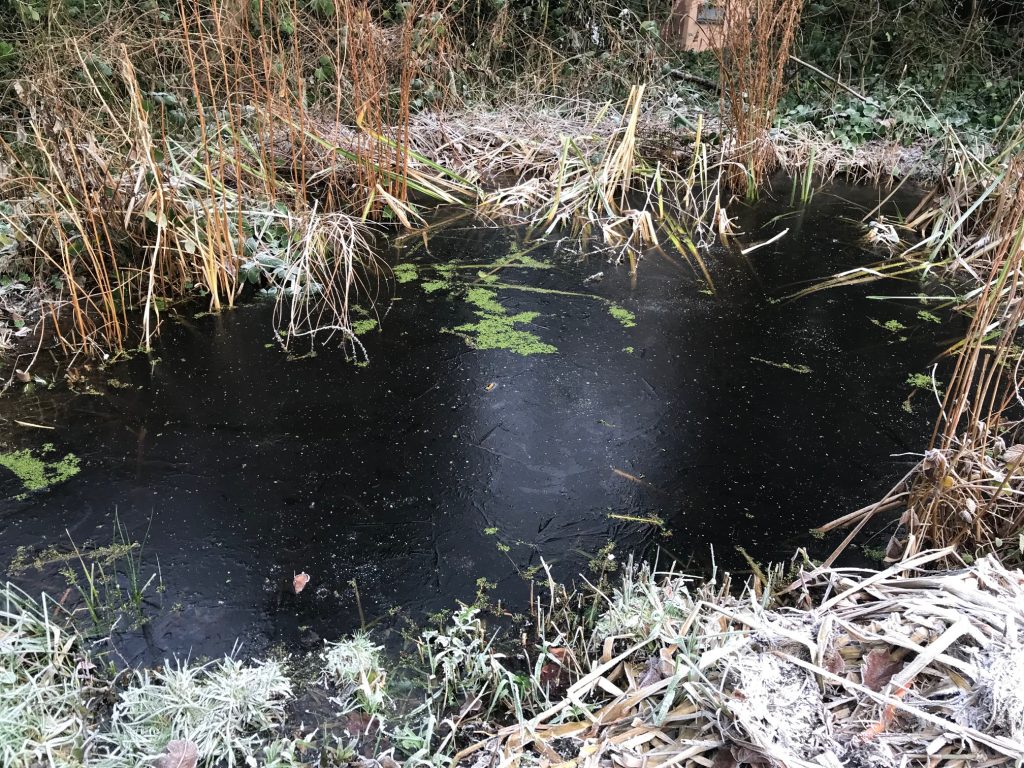Yesterday’s volunteer morning was, yet again, impressively well attended. A large number of committee members, members of the local “Good Gym” and volunteers set to work on the morning’s tasks in warm and sunny weather.
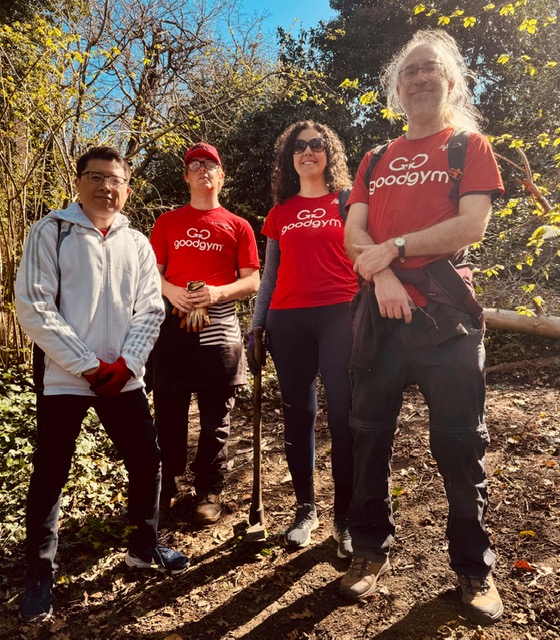
A few weeks ago many young saplings were planted and these all needed to be watered. It was good to see that the soil was still quite moist despite the lack of rain.
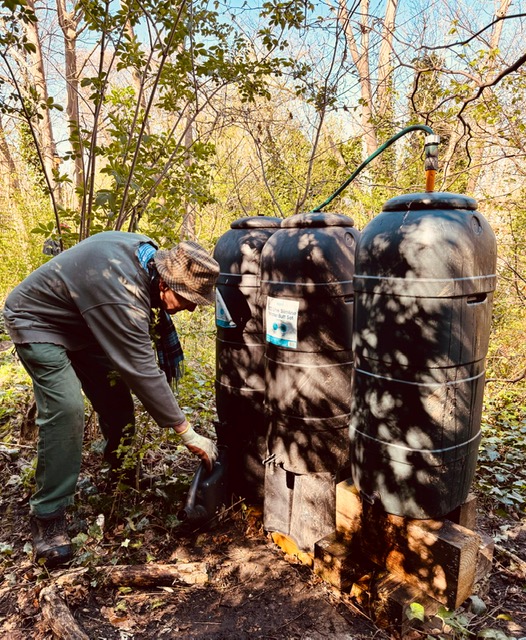
It was noted that the pond level had dropped quite a bit from last month. By trimming back a hazel tree, we were able to plant 2 extra silver birch saplings in the space created.
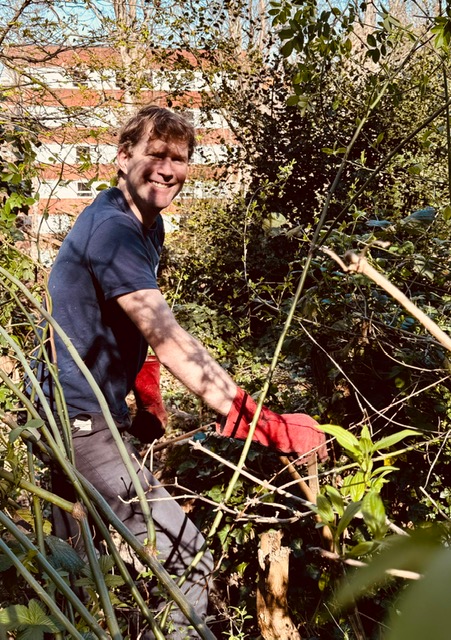
In a small clearing on the upper part of the woodland, nettles and brambles were dug up to allow for grass “plugs” to be planted to create a more diverse flora.
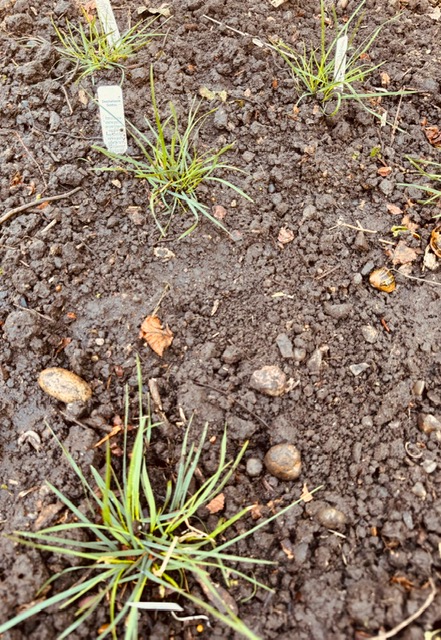
Of course, with the warmer weather and brighter days, we are being rewarded with previously established plants such as primroses magically spreading to new areas.
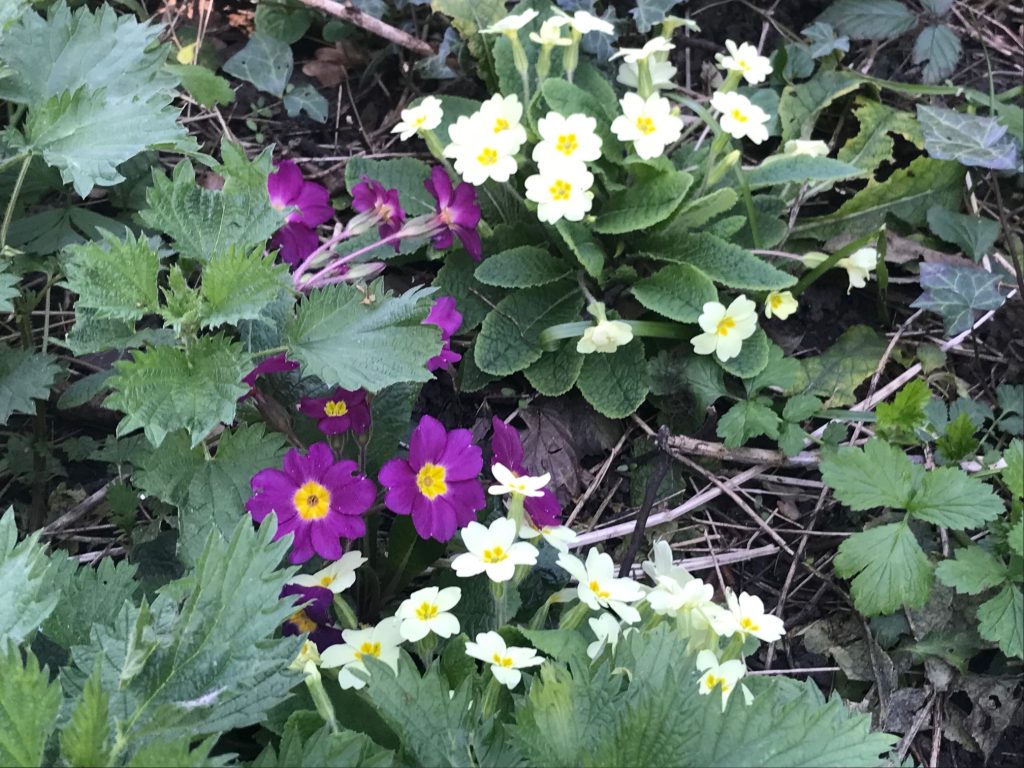
By digging out brambles, this will allow the more delicate plants to thrive. And, of course, it wouldn’t be the same without our mid-morning coffee and biscuits break!
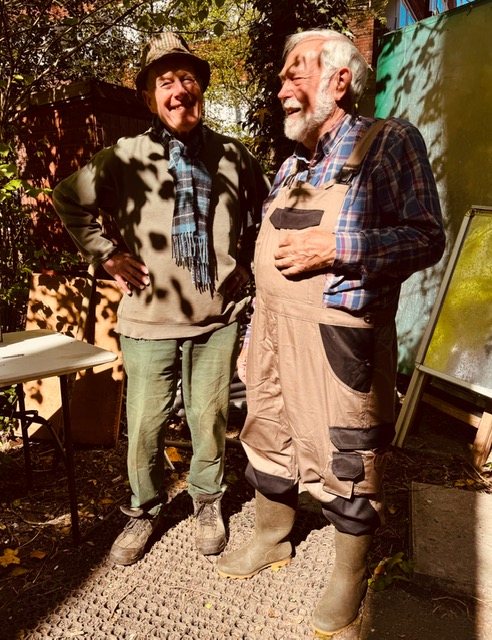
Finally, the fruit trees in the woodland are starting to come in to flower or they’ll have their buds opening in the next few days, such a delicate site.
